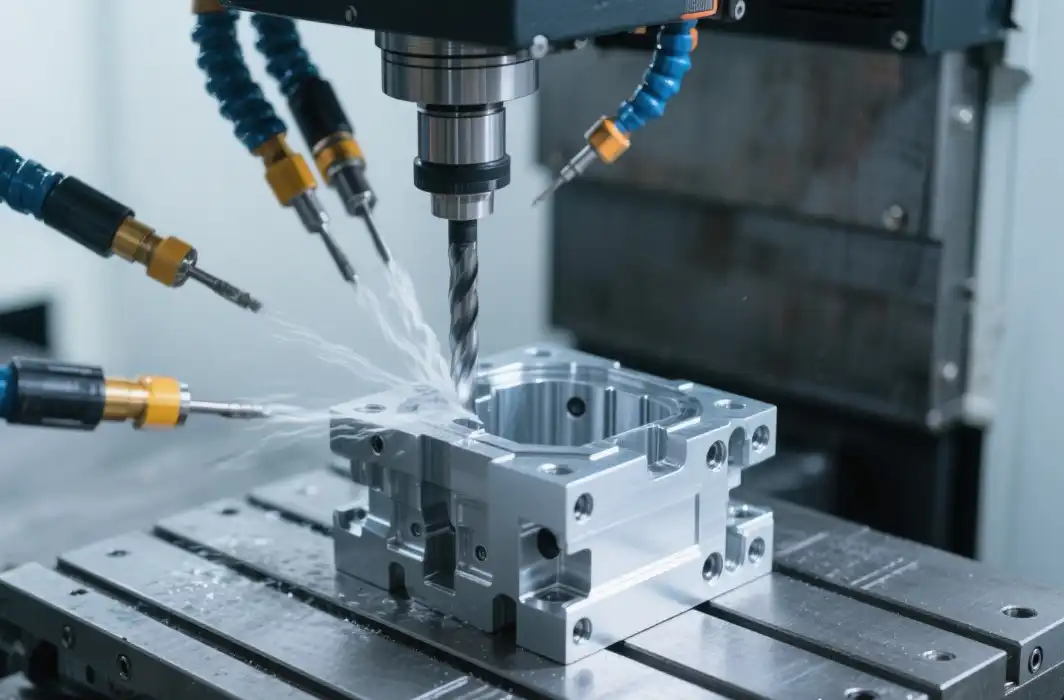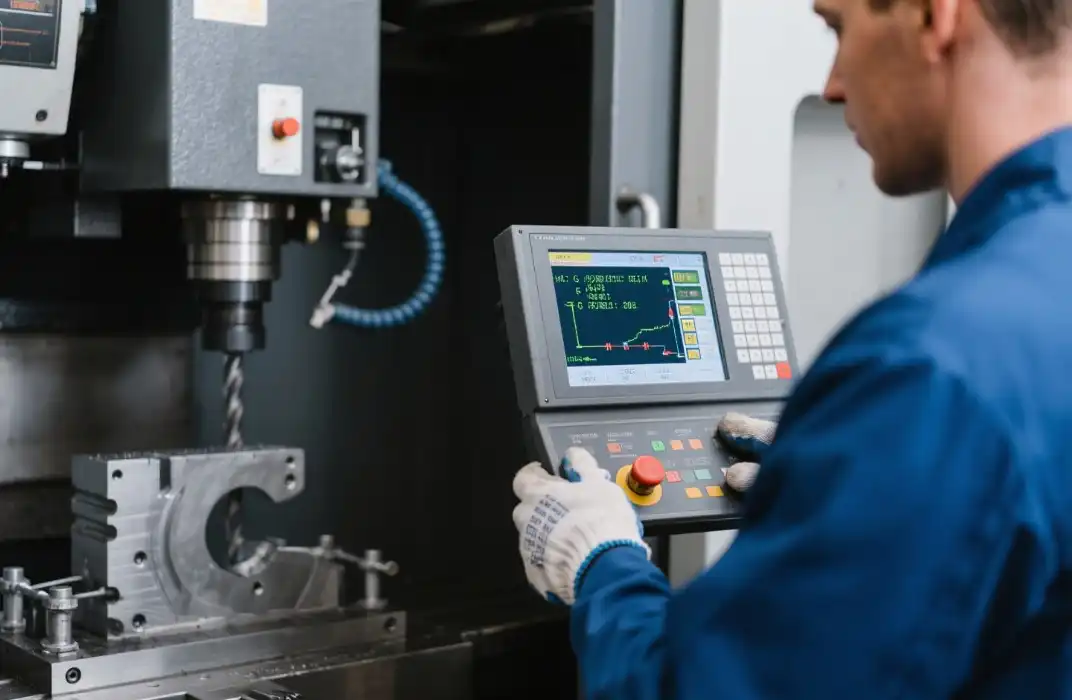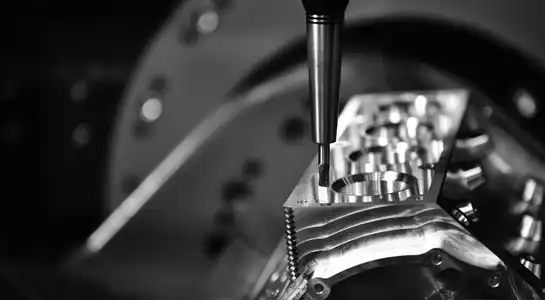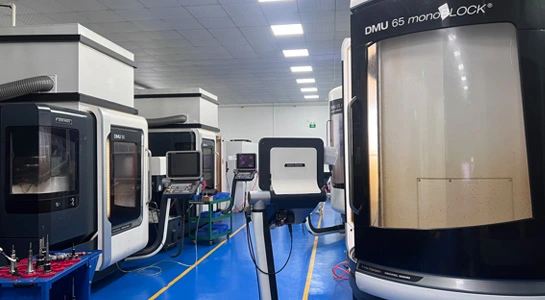Understanding the Cost Structure of Rapid Prototyping
Initial Investment in Technology and Equipment
The cost structure of rapid prototyping begins with the initial investment in technology and equipment. This upfront expenditure can be substantial, as it often involves purchasing or leasing sophisticated machinery such as 3D printers, CNC machines, or vacuum casting equipment. The cost varies depending on the specific technology chosen and the scale of operations. For instance, industrial-grade 3D printers capable of producing high-quality prototypes can range from tens of thousands to hundreds of thousands of dollars.
However, it's crucial to view this initial outlay as a long-term investment. The versatility and efficiency of rapid prototyping equipment can lead to significant cost savings over time, especially for companies that frequently develop new products or iterate on existing designs. Moreover, the rapid advancement in technology often leads to more affordable options entering the market, making rapid prototyping increasingly accessible to smaller businesses and startups.
Material Costs and Considerations
Material costs play a significant role in the overall expenses associated with rapid prototyping. The choice of materials can greatly impact both the quality of the prototype and the total cost. Common materials used in rapid prototyping include various plastics (such as ABS, PC, and Nylon), metals (like Aluminum, Steel, and Titanium), and specialized elastomers and resins.
While some materials may be more expensive than traditional manufacturing inputs, rapid prototyping often requires less material overall due to its additive nature. This can lead to reduced waste and lower material costs in the long run. Additionally, the ability to quickly test different materials without the need for extensive tooling changes can result in more cost-effective material selection for the final product.

Labor and Time Considerations
One of the most significant cost advantages of rapid prototyping lies in its impact on labor and time. Traditional prototyping methods often require extensive manual labor and can take weeks or even months to produce a single prototype. In contrast, rapid prototyping technologies can create complex designs in a matter of days or even hours, dramatically reducing labor costs and accelerating the product development timeline.
This reduction in development time can have far-reaching financial implications. It allows companies to bring products to market faster, potentially gaining a competitive edge and increasing revenue opportunities. Moreover, the ability to quickly iterate and test multiple design variations can lead to more refined and market-ready products, potentially reducing costly revisions or recalls after product launch.
Cost-Benefit Analysis of Rapid Prototyping in Product Development
Accelerated Time-to-Market and Its Financial Impact
One of the most significant benefits of rapid prototyping is its ability to accelerate the time-to-market for new products. This acceleration can have a substantial financial impact on a company's bottom line. By reducing the product development cycle, businesses can capitalize on market opportunities more quickly, potentially increasing their market share and revenue.
For instance, in fast-paced industries like consumer electronics or fashion, being first to market with a new product can be the difference between success and failure. Rapid prototyping allows companies to move from concept to production-ready designs faster, enabling them to respond more nimbly to market trends and consumer demands. This agility can translate into increased sales, improved customer satisfaction, and a stronger competitive position in the market.
Risk Mitigation and Cost Savings in Design Iterations
Rapid prototyping serves as a powerful tool for risk mitigation in product development. By allowing designers and engineers to quickly create and test physical models, it becomes possible to identify and address potential design flaws or functionality issues early in the development process. This early detection can lead to significant cost savings by preventing expensive tooling changes or product recalls that might occur if these issues were discovered later in the production phase.
Moreover, the ability to rapidly iterate on designs allows for more thorough testing and refinement. This iterative process can lead to higher quality end products, potentially reducing warranty claims and improving customer satisfaction. While each iteration does incur some cost, the overall savings from avoiding major design overhauls or product failures typically far outweigh these expenses.
Long-term Cost Efficiency and ROI
When evaluating the cost implications of rapid prototyping, it's essential to consider the long-term cost efficiency and return on investment (ROI). While the initial setup costs may be higher than traditional prototyping methods, the cumulative savings over time can be substantial.
For companies that regularly develop new products or improve existing ones, the investment in rapid prototyping technology can pay off quickly. The reduced time-to-market, lower material waste, and decreased labor costs can lead to significant savings on each project. Additionally, the improved product quality and reduced risk of design flaws can result in lower warranty costs and increased customer loyalty, further enhancing the long-term ROI.
Optimizing Cost-Effectiveness in Rapid Prototyping
Choosing the Right Technology for Your Needs
To maximize the cost-effectiveness of rapid prototyping, it's crucial to select the most appropriate technology for your specific needs. Different rapid prototyping methods, such as CNC machining, 3D printing (including SLA, SLS, and FDM), and vacuum casting, each have their own strengths and cost implications.
For instance, CNC machining might be more cost-effective for creating prototypes that require tight tolerances and excellent surface finishes, particularly for metal parts. On the other hand, 3D printing could be more economical for complex geometries or when using specialized materials. Vacuum casting might be the best choice for producing low-volume, production-quality parts.
By carefully evaluating your prototyping requirements and matching them with the most suitable technology, you can optimize your investment and achieve the best balance between cost and prototype quality.
Efficient Material Usage and Management
Efficient material usage is a key factor in controlling the costs associated with rapid prototyping. This involves not only selecting the most appropriate materials for your prototypes but also managing these materials effectively to minimize waste.
For 3D printing technologies, this might involve optimizing part orientation to reduce the need for support structures, or nesting multiple parts in a single print job to maximize material utilization. In CNC machining, efficient programming and tool path optimization can significantly reduce material waste.
Additionally, implementing a robust inventory management system for your prototyping materials can help prevent overstock situations or material expiration, further contributing to cost savings.
Streamlining the Design-to-Prototype Process
Streamlining the entire design-to-prototype process can lead to substantial cost savings in rapid prototyping. This involves implementing efficient workflows, leveraging design for manufacturability (DFM) principles, and utilizing advanced CAD and simulation tools.
By catching design issues early through virtual simulations, you can reduce the number of physical prototypes needed, thereby lowering material and production costs. Additionally, adopting a concurrent engineering approach, where different aspects of product development occur simultaneously rather than sequentially, can further accelerate the prototyping process and reduce overall development costs.
Investing in training for your design and engineering teams to fully utilize these tools and methodologies can lead to more efficient prototyping processes and better cost management in the long run.

Conclusion
Rapid prototyping presents a compelling value proposition for businesses seeking to optimize their product development processes. While the initial investment may be significant, the long-term benefits in terms of reduced time-to-market, improved product quality, and overall cost savings make it an increasingly essential tool across industries. By carefully selecting appropriate technologies, managing materials efficiently, and streamlining design processes, companies can maximize the cost-effectiveness of rapid prototyping and gain a competitive edge in today's fast-paced market landscape.
FAQs
What is the average cost of rapid prototyping?
The cost of rapid prototyping varies widely depending on factors such as the technology used, materials, complexity of the design, and quantity. It can range from a few hundred dollars for simple 3D printed parts to tens of thousands for complex, high-precision prototypes.
How does rapid prototyping compare to traditional manufacturing in terms of cost?
While rapid prototyping may have higher per-unit costs for large quantities, it's often more cost-effective for small batches or one-off prototypes. It eliminates the need for expensive tooling and allows for quick, inexpensive design iterations.
Can rapid prototyping save money in the long run?
Yes, rapid prototyping can lead to significant long-term savings by reducing development time, catching design flaws early, and allowing for more iterations before committing to full production.
Expert Rapid Prototyping Solutions | BOEN
At BOEN Prototype, we're your go-to supplier and manufacturer for high-quality rapid prototyping and low-volume production in plastic and metal materials. Our state-of-the-art factory leverages cutting-edge technologies like CNC machining, 3D printing, and vacuum casting to deliver precise, cost-effective prototypes across various industries. From automotive to medical devices, we provide tailored solutions to meet your unique prototyping needs. Contact us at contact@boenrapid.com to explore how we can optimize your product development process.
References
Johnson, A. (2022). "The Economic Impact of Rapid Prototyping in Modern Manufacturing". Journal of Industrial Engineering, 45(3), 287-301.
Smith, R. & Lee, K. (2021). "Cost-Benefit Analysis of Additive Manufacturing Technologies". International Journal of Production Economics, 213, 122-135.
Thompson, M. K., et al. (2023). "Rapid Prototyping: A Comprehensive Review of Technologies and Applications". Annual Review of Materials Research, 53, 1-30.
Garcia, L. & Chen, Y. (2022). "The Role of Rapid Prototyping in Accelerating Product Development Cycles". Journal of Product Innovation Management, 39(4), 456-472.
Williams, E. (2021). "Material Considerations in Rapid Prototyping: Balancing Cost and Performance". Advanced Materials & Processes, 179(5), 22-28.
Brown, D. & Taylor, S. (2023). "Optimizing ROI in Rapid Prototyping Investments". Harvard Business Review, 101(4), 98-106.





